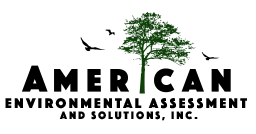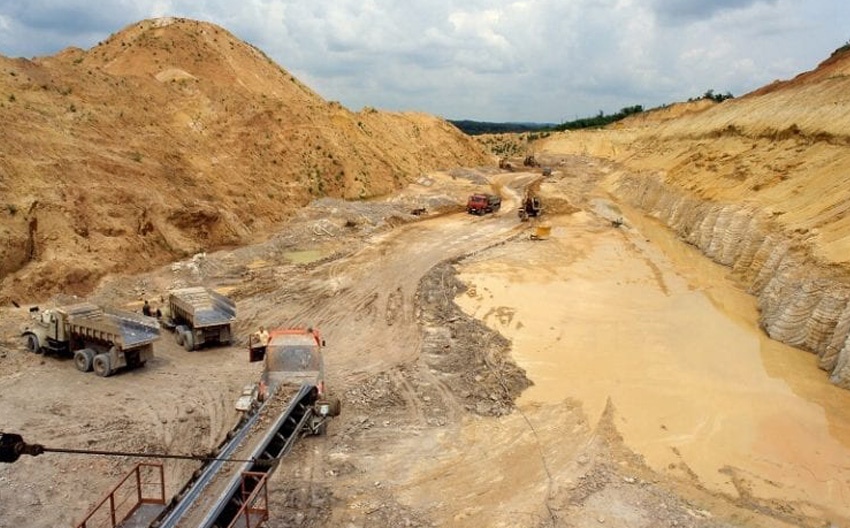New ASTM Standard Coming………….
CONTROLLED RECOGNIZED ENVIRONMENTAL CONCERNS (CRECs)
New term on the market
A client recently said to me; “It seems like every year environmental requirements become more stringent and costly, making more purchasers and lenders request environmental inspections before committing to the real estate transaction”. Environmental Site Assessments (ESAs) or Phase I Environmental Site Assessments are the industry standard for assessing a parcel of property environmental quality and part of the due diligence process required by financial institutions for commercial real estate transactions. ESAs or Phase I ESA are usually conducted according to the American Society for Testing and Materials (ASTM) Standard E 1527-05; with the last changes to this standard occurring seven years go. This, however, is going to change very soon. ASTM, the organization that creates Standards that Environmental Professionals (EPs) follow when performing Environmental Site Assessments (ESAs), is scheduled to issue a revision of the current ASTM 1527-05 Standards that would mandate additional investigation and assessment.
The new Standard, when approved by the EPA, will require (a) assessment for vapor migration. Vapor migration must be considered no differently than contaminated groundwater migration. The proposed ASTM 1527-13 standard references E2600-10, a methodology to assessing vapor migration;
(b) More detailed explanations for regulatory agency record reviews in every new ESA. This means that EPs would have to describe in greater detail why they decide particular sites listed in database searches would not affect a Site’s environmental quality. Although the proposed standard will minimize confusion and allow clients to better understand EPs’ judgments, this new measure will require additional time that will be required to complete them and;
(c) Simplification of the definition of “Recognized Environmental Concerns (RECs)”. The current definition for Recognized Environmental Conditions, or REC (the main thing that EPs try to identify during ESAs), has been found to be confusing to some people. As a result, the definition is proposed to be simplified while retaining the same basic meaning, except for the creation of the new term “Controlled RECs” (CRECs) proposed by the new ASTM Standard to describe sites that have had their regulatory agency cases closed but still have some harmful compounds present. This will allow for more accurate ESAs and prevent misunderstandings.
RECs – Old Definition: “the presence or likely presence of any hazardous substances or petroleum products on a property under conditions that indicate an existing release, a past release, or a material threat of a release of any hazardous substances or petroleum products into structures on the property, or into the ground, ground water, or surface water of the property.”
New Simplified REC Definition: “the presence or likely presence of any hazardous substances or petroleum products in, on, or at a property: (1) due to any release to the environment; (2) under conditions indicative of a release to the environment; or (3) under conditions that pose a material threat of a future release to the environment.”
Historical RECs – The definition for HRECs is proposed to also be revised in order to separate itself from the CRECs definition. The definition of HRECs is currently defined as environmental conditions that have been RECs in the past, previously remediated and had their cases closed by regulatory agencies, but which may or may not be considered a REC currently. The new revision for HRECs will be;
New HREC Definition: – “a past release of any hazardous substances or petroleum products that has occurred in connection with a property and has been addressed to the satisfaction of the applicable regulatory authority or meeting unrestricted residential use criteria established by a regulatory authority, without subjecting the property to any required controls (e.g., property use restrictions, AULs, institutional controls, or engineering controls).
Controlled RECs – At times, however, remediated RECs are closed by regulatory agencies with implementation of required controls (e.g., property use restrictions, Activity Use Limitations (AULs, institutional controls, or engineering controls).
AULs are put in place at Sites where there is still some contamination but, due to low levels of contaminants and/or institutional controls installed at the Site, the contamination is not harmful to human health. AULs serve to protect human health by prohibiting certain activities on AUL sites (i.e. excavations on sites with subsurface contamination). The problem with the current definition for HRECs for sites that had required controls was that it was sometimes interpreted by clients as environmental problems that happened in the past and had no current effect on a Site. The creation of the new term CREC in the revised standards will clarify the confusion and such sites will be a REC under a Phase I ESA.
Just like with the current ASTM 1527-05 Standard; the proposed Standard will still satisfy the “All Appropriate Inquires” rule that qualifies landowners for the innocent landowner defense under CERCLA. This Standard will ultimately call for more comprehensive ESAs; which will be able to characterize the environmental quality of a site to a greater degree.




